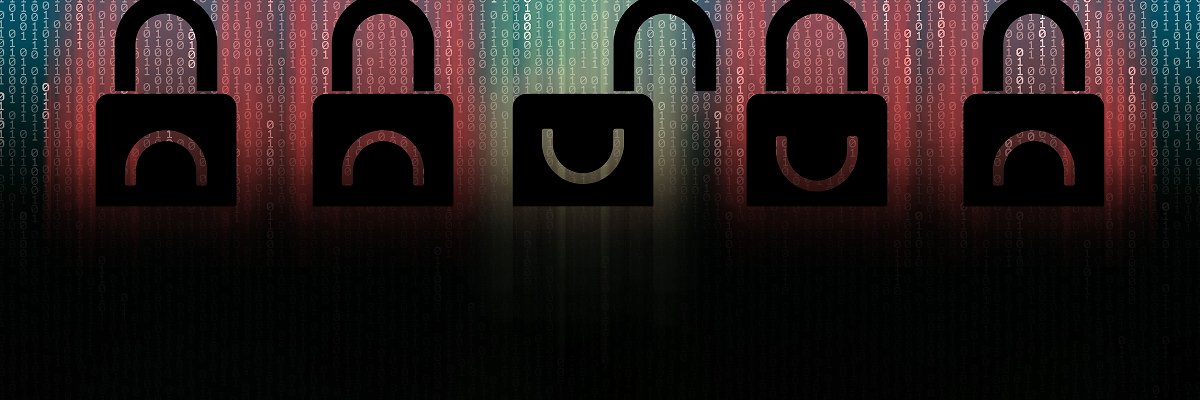Amazon S3 is a cloud object storage service that has become the standard for many organizations. However, with the ever-increasing amount of data being stored on S3, it has also become an attractive target for hackers. Ransomware attacks, in particular, have become more sophisticated where bad actors not only gain access to data but also encrypt them to hold them hostage.
Hackers often compromise an administrative account to delete or encrypt data in S3. In many cases, AWS clients only create a single cloud admin identity that organizations share internally. This creates a single large vulnerability that can persist even today. To improve security, multiple admin roles should be in place with isolated bucket permissions. Using versioning, multifactor requirement features, hard immutability dates, and separate, dedicated buckets for critical operations can protect data from malicious activities even if hackers compromise admin credentials.
Enterprises can use Amazon’s S3 Storage Lens, a built-in storage console that manages configuration issues across all buckets. This free dashboard allows for quick checks on encryption, replication, storage costs, and object versioning, among other things. Additionally, AWS CloudTrail event logging provides a thorough audit trail of all storage activities. This is useful in data loss prevention and forensic analysis in the event of malicious activity. GuardDuty, a cost-effective service, can proactively identify hacking attempts across the entire AWS environment.
Other storage management practices include setting up additional private key encryption, replicating objects across AWS zones for resilience, pruning unused or orphaned objects, and using intelligent-tiered S3 storage settings to control costs. These practices enhance the security profile and make it difficult for hackers to take data hostage.
It’s important to note that locking down S3 directly is not enough. Ransomware entry points can come from compromised web services, corrupted databases, or third-party services. Expect more sophisticated attacks where hackers attempt to implant malicious code into upstream repositories or replace machine images to infiltrate across the compute environment and reach critical data.
In conclusion, protecting data from ransomware attacks on S3 requires more than just relying on obscurity. Multiple security measures must be in place, including using multiple admin roles with isolated bucket permissions, setting up versioning and hard immutability dates, and implementing AWS services like S3 Storage Lens, CloudTrail, and GuardDuty. Adding additional private key encryption, replicating objects for resilience, pruning unused objects, and using intelligent-tiered S3 storage settings can also improve security. Finally, stay vigilant of new attack vectors and adopt new security measures as necessary.


